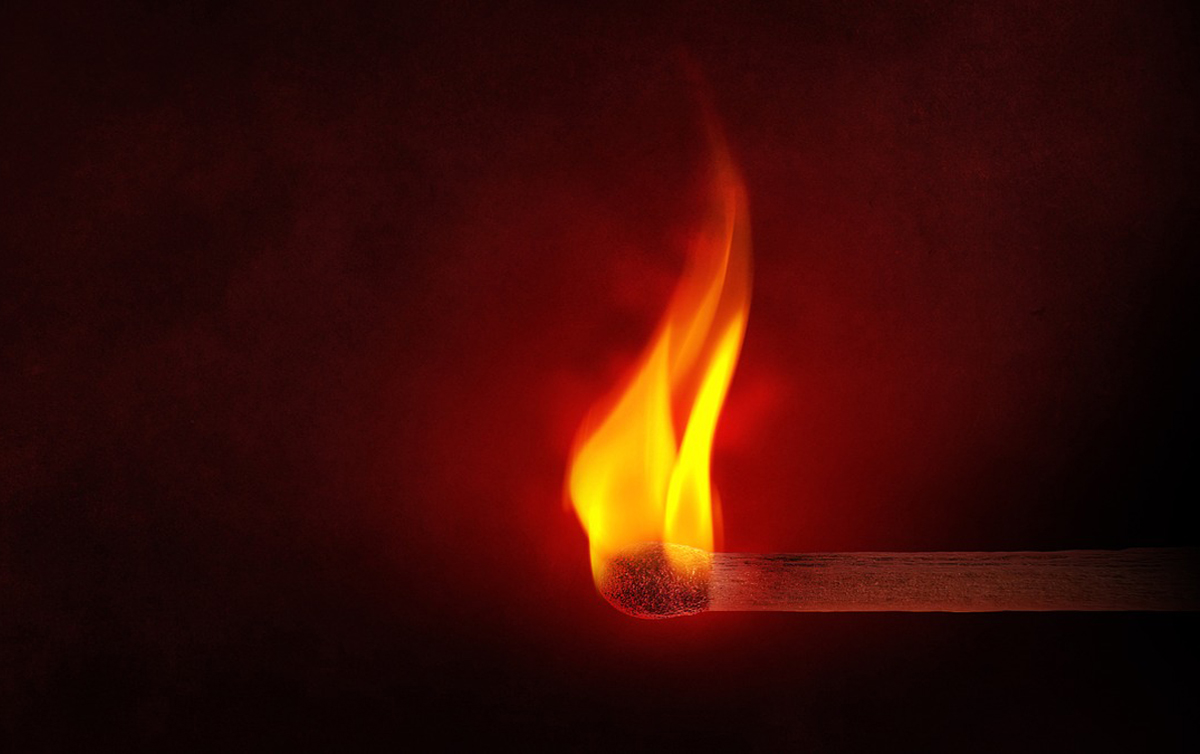
NPS conducts prescribed burning in Grand Canyon-Parashant National Monument
By Jeff Axel
Visitors may encounter National Park Service firefighters conducting a prescribed burning in Grand Canyon-Parashant National Monument from Sept. 14 through approximately Sept. 20. The burn area is located southwest of Mt. Dellenbaugh on the NPS portion of Twin Point, two miles south of Oak Grove and directly west of the 1019 road at the BLM/NPS boundary between Burnt Canyon and Twin Creek Canyon. This is a very remote area away from structures.
Igniting a prescribed fire depends on forecast weather conditions as well as the National Wildland Fire Preparedness Level. If weather conditions or fire behavior exceeds allowable limits, the burn will be postponed or suppressed and the area burned at a later date. The treatment area for this prescribed fire spans approximately 1,800 acres of juniper woodland. Fire will be used to create open spaces between trees and return the woods to a more natural number of junipers per acre. This will improve overall forest health, wildlife habitat, and plant diversity.
The NPS has determined that fire is the preferred method to manage fire-adapted ecosystems. Historically, lightning strikes ignited low-intensity ground fires in much of this region. Those fires had short flame heights and slow rates of spread, usually burning only a few acres before going out. These small fires left mature trees alive but consumed excess saplings and new bushes, as well as insects and parasitic plants like dwarf mistletoe that stress trees when too abundant. Everything that burns is turned into nutrient-rich ash. Flames would then reach an area that had burned a few years prior. With no fuels available, the fire would go out. Fires would re-burn the same area perhaps every 5–20 years, always keeping the amount of burnable material from building up.
Fire suppression in forests during the 20th century interfered with the natural fire pattern. Millions of new trees began to choke the forest canopy all across the southwest. Below the canopy, too many bushes grew up under the trees, creating the ladder fuels that allowed otherwise low-intensity ground fires to climb into the treetops, devastating whole forests. In addition, dead plant material was building up on the forest floor faster than natural decay could break it down. All these extra fuels created the potential for catastrophic wildfires. Prescribed fire mitigates these hazards by managing fires for fuel reduction and to return forests to health.
Visitors in the Twin Point, Oak Grove, and Mt. Dellenbaugh area this coming week can anticipate possible temporary area closures, smoke, and firefighting apparatus on the roads. This includes fire engines, UTVs, and ATVs. Smoke signs and notifications will be placed in the areas of the proposed prescribed fire.
In October, additional prescribed fires are planned at the northern end of Kelly Point near Green Springs Canyon along the NPS1203 road.
Articles related to “NPS conducts prescribed burning in Grand Canyon-Parashant National Monument”
Riggs fire causes closures in Bryce Canyon and Dixie National Forest
Public meeting addresses fiscal and economic impacts of the Lake Powell Pipeline Project
Intermountain Healthcare implements needle-free PIVO for inpatient blood draws



